-
July, 26,2025
Understanding the Role of Bloom Strength in Soft Gelatin Capsules
-
July, 25,2025
Bloom Strength and Its Impact on Hard Gelatin Capsules
-
July, 21,2025
How Gelatin Is Revolutionizing Pet Food: A Healthier Option for Dogs
-
June, 22,2025
Collagen as a Trusted Ingredient: Meeting Global Demand with Reliable Supply
Gelatin in Tablet Coating: A Quick Overview
Over the past years, gelatin, a natural protein mainly sourced from animal collagen, has become increasingly popular as a coating material in the manufacturing of pharmaceutical tablets. The versatility of this material makes it ideal for many diversified applications, such as achieving stability and providing controlled-release functionality, enhancing patient compliance. Below, we shall walk through the various methodologies adopted in coating tablets with gelatin, their key roles in pharmaceutical formulations, comparisons with other coating materials, and specialized applications in tablet production.
Gelatin Coating Processes in Tablet Manufacturing
The coating of gelatin used in tablets can be done through either an aqueous or thermal method, depending on the specific properties required by the pharmaceutical formulation. Both techniques offer flexibility to enable customization in achieving the desired coating characteristics.
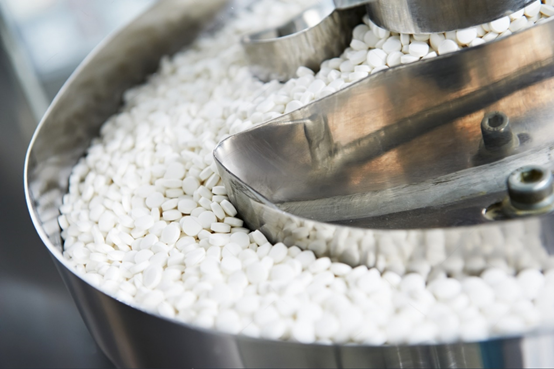
Aqueous Coating Method
The aqueous coating is a process that is quite simple, where the gelatin gets dissolved in water; therefore, the coating solution is applied to the tablets. This method is widely applied to tablet coating due to being safe, cheaper, and, simultaneously, very easy to control.
·Coating Solution Preparation: The solution of gelatin is prepared by dissolving pharmaceutical-grade gelatin in water usually at less than 50°C. A correct temperature needs to be maintained to ensure uniform solubilization that will allow a smooth and even film, after drying. Plasticizers like glycerin or sorbitol are sometimes used to improve the flexibility of the film, thereby minimizing the cracking problem.
·Coating and Drying Process: With special equipment, the solution of gelatin is atomized uniformly onto the tablets. While cooling, the solution forms a thin, uniform coating on each tablet. The aqueous process gives great control over coating thickness, which could be critical in controlled-release applications and allows manufacturers to produce consistent results.
·Advantages: The aqueous method works at low temperatures, making it perfect for coating temperature-sensitive APIs. It also bypasses organic solvents, thus eliminating toxicities and costs that relate to the use of organic solvent and their disposal.
Thermal Coating Method
The thermal coating method leverages gelatin's thermoreversible nature. While it is heated, gelatin melts into a liquid coating solution; when it cools down, the gelatin solidifies to create a durable coating. This could make much thicker coatings, which is mostly advantageous for sustained-release formulations.
·Melting and Application: This involves the heat treatment of gelatin until it becomes a liquid that can be used for coating. Melted gelatin is then sprayed on the tablets. Cooled gelatin forms a stable and durable coat.
The advantages are that the thermal process provides thicker and more robust coatings that can support controlled release patterns of actives. This process is quite useful in controlled-release applications since one can achieve a constant release rate.
Formulation Considerations
Among the most important advantages of gelatin is versatility. Coating characteristics can be manipulated by formulation parameters, concentration, and additives to fulfill specific requirements for coating performance.
·Concentration: Again, the variation of gelatin concentration in the coating solution allows the modification of thickness by the coating. Higher concentrations provide a thicker coating that may apply delay to drug release by modifying the rate of dissolution.
·Additives: Plasticizers, for instance, glycerin or sorbitol, may be added to the formula to increase flexibility to prevent cracking upon handling. Other excipients can be added to further fine-tune the degree of solubility and strength of the gelatin coating to help manufacturers achieve targeted release profiles.
At Funingpu, we offer a range of gelatin options that can be tailored further to address particular formulation requirements, which support most tablet coating applications in the pharmaceutical industry.
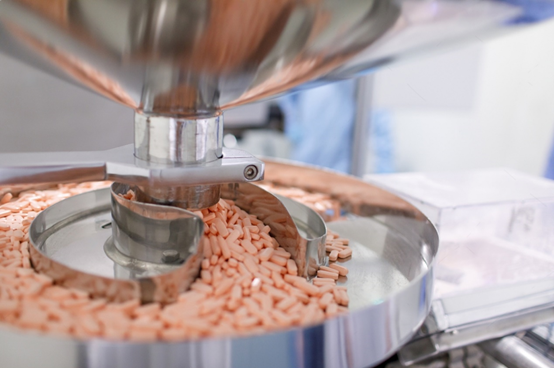
H2: Key Roles of Gelatin in Tablet Coating
1. Improvement in the Stability of Tablets
The key function of gelatin when used for coating is to enhance tablet stability and protect the environmental components of moisture, oxygen, and light.
·Moisture Protection: Gelatin forms a very effective barrier against moisture. Most of the sensitive drugs need this protection. This resistance to moisture ensures that the potency and integrity of the active ingredients of the tablet last for an extended period of time.
·Oxidation Protection: Gelatin can also protect the tablet from the effect of oxygen, thereby reducing the probability of oxidation. This helps in the stability of the active ingredient and ensures that the drug will remain effective right up to its expiration date.
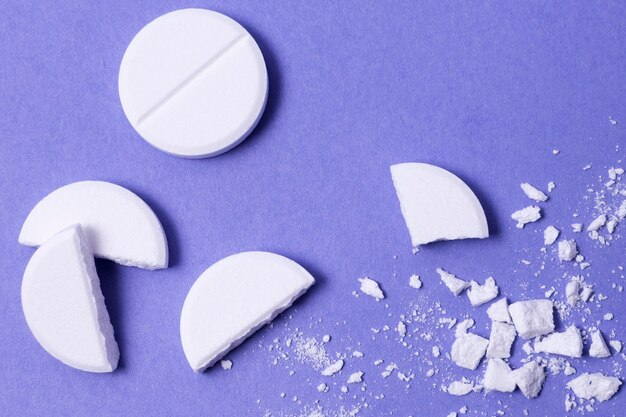
2. Enhanced Swallowing Experience
The ease with which medication is swallowed can be of prime importance for many people. Gelatin-coated tablets are easier to swallow, especially in certain groups of patients.
·Taste Masking: Gelatin masks unpleasant tastes and odors of actives. Since gelatin acts like a physical barrier between the core and taste buds, it enhances patient compliance, particularly in applications dealing with bitter or sour flavors in drugs.
·Smooth Texture: Gelatin provides a smooth, non-sticky surface to the tablet, which is important for patient acceptability because it is smooth to the throat. That makes it very helpful in aiding children and elderly people to swallow without much ado. It's also beneficial for anybody who finds large tablets difficult to swallow.
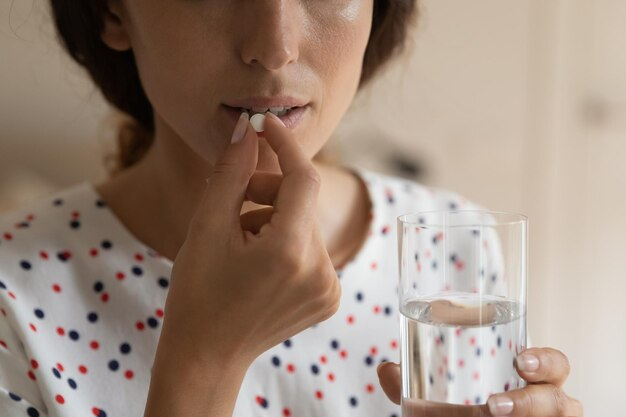
3. Controlled Release
Probably the most valuable attribute of gelatin in pharmaceutical dosage form design is its functionality related to drug release. Using gelatin coatings of controlled thickness and composition, manufacturers can develop tablets that deliver active ingredients according to a predetermined profile.
·Sustained and Controlled Release: Gelatin coatings can create sustained-release tablets that may slowly release the drug for an extended period. This control can provide a steady absorption for the improvement of a therapeutic outcome and perhaps a reduction in the frequency of dosing.
·Gastrointestinal Release Control: The modification of gelatin coatings can also be used in the development of enteric-coated tablets that begin dissolution only in the intestines, thereby bypassing the stomach. This generally becomes very important for drugs that may degrade in the acid of the stomach or must be absorbed by the intestines to be effective.
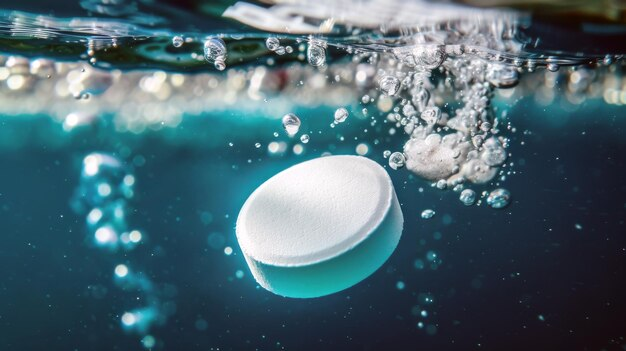
4. Biocompatibility and Safety
Because it is extracted from nature, gelatin shows very good biocompatibility, making it safe in pharmaceuticals and not reactive with tissues in the human body.
·Regulatory Compliance: Gelatin conforms with the particular specifications of critical pharmacopeias such as the United States Pharmacopeia and the European Pharmacopoeia. This therefore makes the coating of tablets with gelatin suitable to both manufacturers and consumers in terms of strict standards of quality and safety.
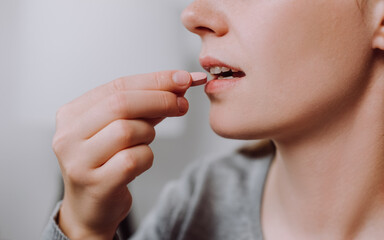
Funingpu’s gelatin products are manufactured in compliance with the highest industry standards, including the United States Pharmacopeia (USP) and European Pharmacopoeia (EP). This commitment to quality and safety assures manufacturers seeking dependable pharmaceutical ingredients.
Comparison of Gelatin with Other Tablet Coating Materials
Several other materials are also in widespread use for tablet coating, each with its various strengths and weaknesses. Here's how gelatin stacks up against some of the most common alternatives.
Hydroxypropyl Methylcellulose (HPMC)
·Gelatin Strengths: Gelatin has faster film-forming properties compared to HPMC and is better suited for building controlled-release coatings due to its natural composition and solubility.
·Advantages of HPMC: HPMC is acid-resistant and can be used for enteric coating applications. Typically, HPMC is more stable at higher temperatures, and this is considered an advantage in some applications where heat stability is required.
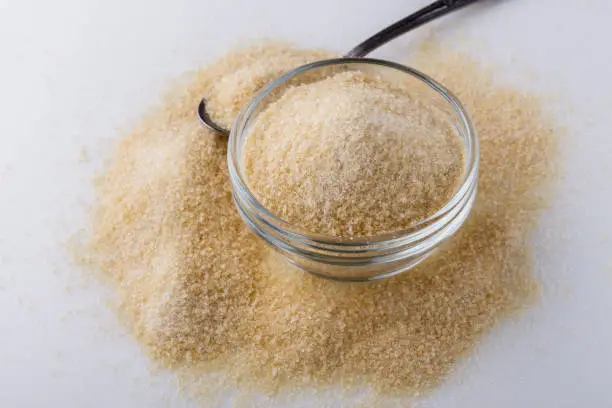
Polyvinylpyrrolidone (PVP)
·Gelatin's Advantage: Gelatin's natural composition and biocompatibility make it a more viable option for pharmaceutical manufacturers seeking truly biodegradable coating solutions. Besides, gelatin's protein-based structure serves as an effective means of interacting with specific APIs, offering enhanced stability of the film.
·Advantage of PVP: PVP is a very flexible film and has a much more stable structure that could be beneficial for applications needing such elasticity. However, it lacks the controlled-release capability of gelatin and its natural compatibility.
Funingpu specializes in natural gelatin solutions offering superior biocompatibility and customizable release properties, hence preferred to synthetic coatings like HPMC and PVP in the quest for sustainable, patient-friendly applications.
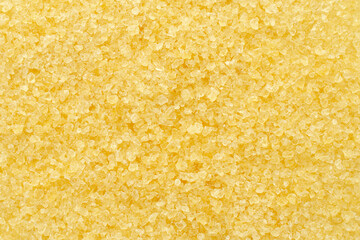
Special Applications of Gelatin in Various Tablet Formulations
The versatility of gelatin renders it appropriate for applications not only in controlled-release and enteric-coated tablets but also in orally disintegrating tablets (ODTs).
Sustained-Release Tablets
The sustained-release formulation would provide a consistent release of the active principle, which ensures better therapeutic effects and compliance. Since gelatin can be made more viscous, it often forms thicker coatings that provide a longer dissolution rate through the gastrointestinal tract, therefore, causing the drug to release at a more sluggish rate, requiring fewer doses, thus giving rise to less blood level fluctuation.
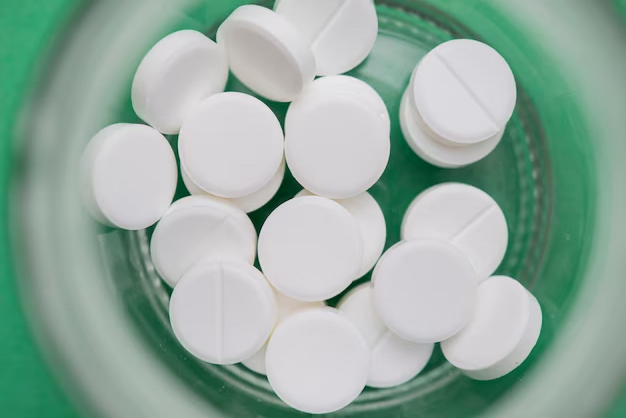
Enteric-Coated Tablets
Modifications in coating properties of gelatin for drugs that must bypass the stomach and dissolve in the intestines are thus possible. To this extent, enteric-coated tablets are important to protect drugs sensitive to stomach acid or treatments for which their action is more effective if the intestines are the absorption site. Gelatin can thus be modified with specific excipients to formulate coatings that impede dissolution in the acidic environment of the stomach, ensuring targeted delivery.
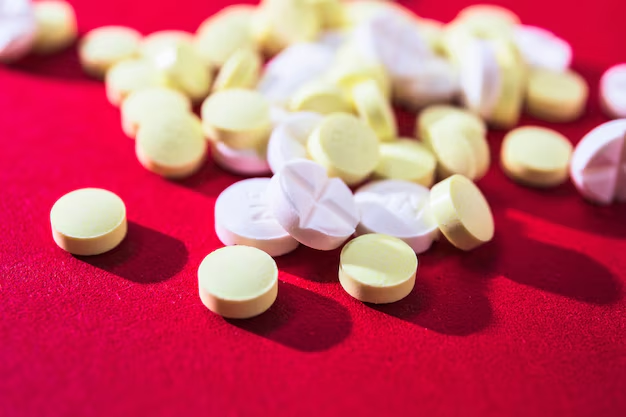
Orally Disintegrating Tablets (ODTs)
The solubility and film-forming properties of gelatin make it well-suited for orally disintegrating tablets. In ODT formulations, the coating breaks down in the mouth and releases the active ingredients for direct absorption or swallowed easily without water. This convenience is of particular value to patients who have difficulties with swallowing and makes medication more available to a broader range of patients.
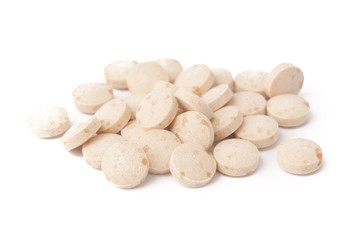
Funingpu offers a variety of gelatin products that serve versatile functions in pharmaceuticals, ranging from sustained-release coating to enteric protection. Thus, it is helping manufacturers to achieve their ideal therapeutic outcomes.
Final Thoughts
Gelatin is one of the most versatile and effective coating materials. It not only provides improvement in tablet stability and ease of swallowing but also extends its value into controlled release and enteric protection while not compromising on safety and being biocompatible in nature. Starting from its natural origin, adaptability, and meeting the requirements of regulatory bodies, it stands as a trustworthy solution for the designing manufacturer to optimize the therapeutic outcomes of the product and assure better patient compliance.
Funingpu stands at the forefront of gelatin manufacturing, providing pharmaceutical-grade gelatin solutions that enhance stability, patient compliance, and therapeutic efficacy. Our dedication to quality and regulatory compliance makes Funingpu a trusted partner in pharmaceutical formulation.
FAQ
1. Why is gelatin preferred as a coating material compared to other materials?
Gelatin is naturally a biocompatible material with good film-forming properties, a controlled release ability, and compatibility with a wide variety of pharmaceutical formulations.
2. Can gelatin be used for enteric-coated tablets?
Yes, it can. Gelatin can be modified in a way that it forms an enteric coating, preventing the dissolution of the tablet in the stomach-just like an enteric coating does-but releases active ingredients into the intestines.
3. How does gelatin improve the stability of the tablet?
Gelatin serves as a waterproof barrier to moisture, oxygen, and light that helps to maintain the potency of active ingredients and the shelf life of a tablet.
4. What properties make gelatin a biocompatible coating agent?
Gelatin is a natural polymer with low immunogenicity, and its metabolic pathway in the human body makes it a safe active pharmaceutical ingredient.
5. How does gelatin coating compare to sugar coating for controlled release?
Because of this, gelatin coatings can be precisely adjusted in thickness and solubility, hence enabling drugs to be released in controlled and sustained manners. On the other hand, sugar coating is mainly aesthetic and applied to mask tastes.
Phone: +86-577-88105990
Mobile: +86-138 5886 1938
Official Website: www.fnp-gelatin.com
Email: sales@funingpu.com
Address: No. 1-10 Wenpu Road, Yacheng Town, Xiapu County, Ningde City, Fujian Province




